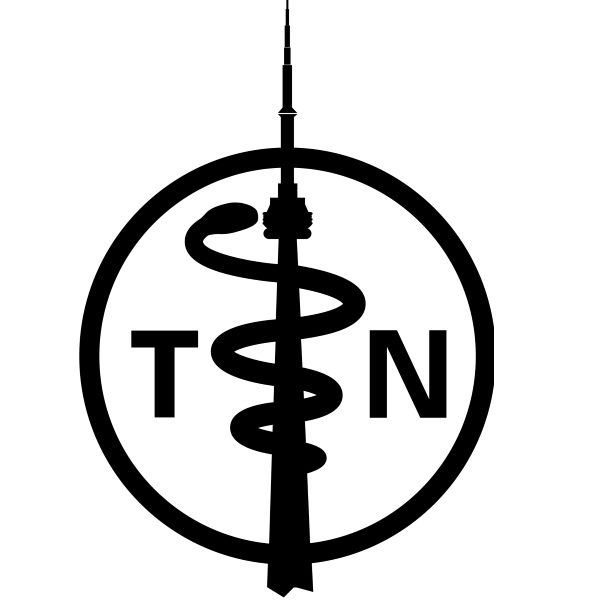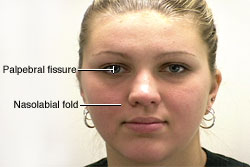Olfactory Nerve
Examination Technique:
- stimulant should be non-irritating.
- test one nostril at a time with the opposite side occluded.
- patient should not be able to see the stimulus.
- cloves ideal stimulant since it preserves it’s scent.
- alternative stimuli at bedside could include soap, toothpaste, perfume, cologne, etc.
Normal Response:
to perceive the scent with either nostril.
Abnormal Response:
unilateral loss is of more concern and could suggest a structural lesion affecting the olfactory bulb or tract or simply due to a blocked nasal passage or deviated septum.
bilateral loss occurs more commonly and could be due to rhinitis or damage to the cribriform plate sustained as a result of trauma.

